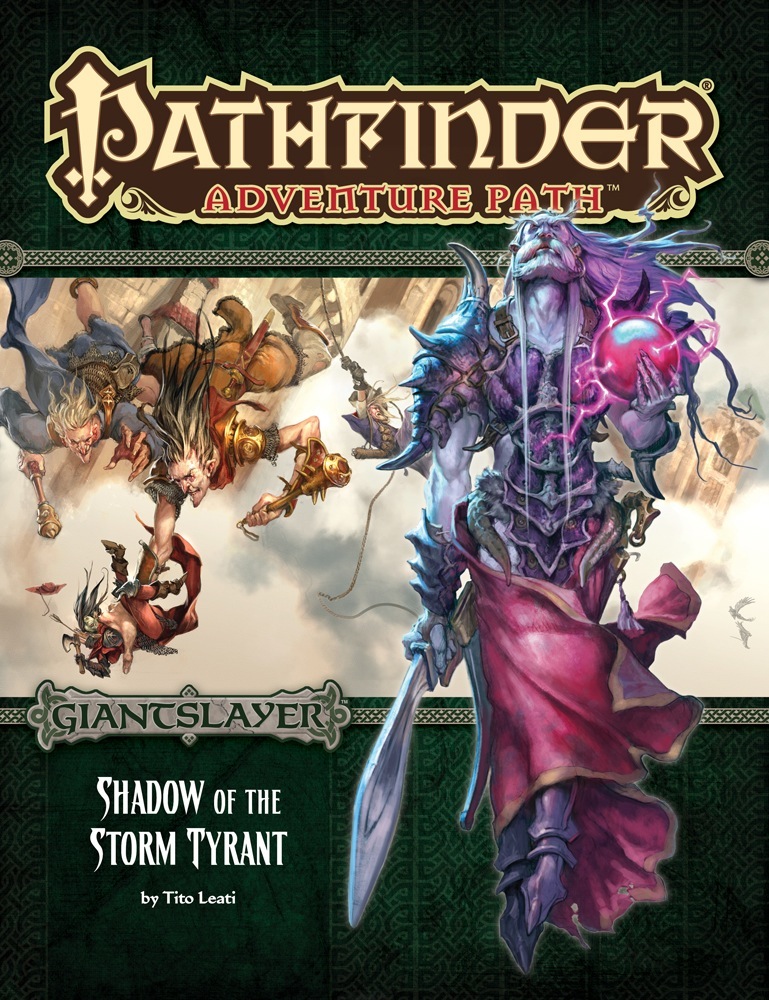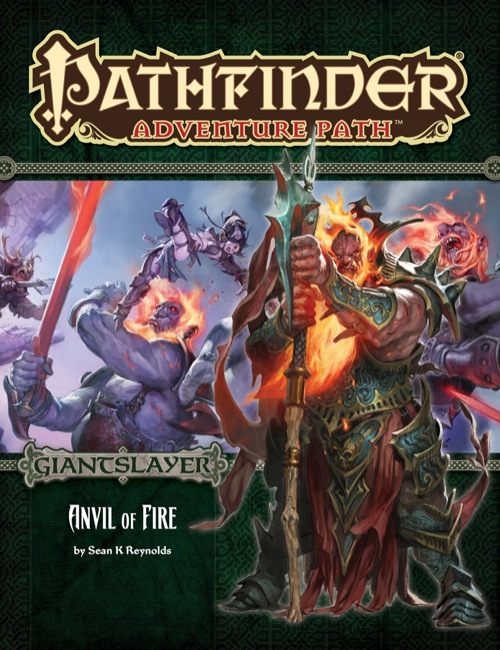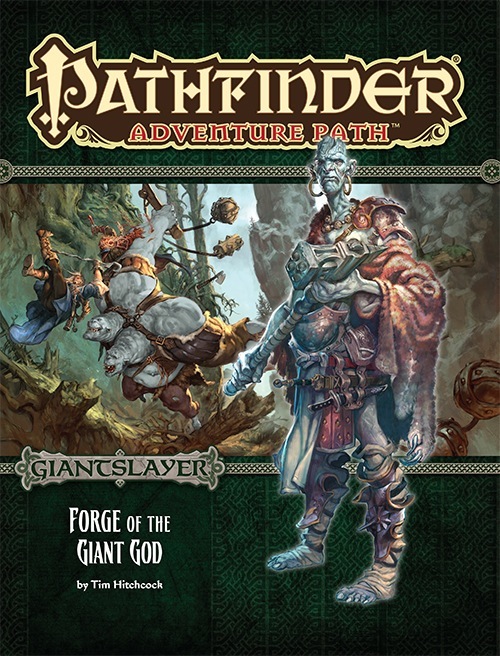Despite
the fact that the science fiction and fantasy genres are often
grouped together and share the same fans, many people react quite
negatively to mixing the two in any way. The exact lines between the
two are somewhat blurred, but there do appear to be a few main points
of delineation: guns and any devices that use any technology more
advanced than the simplest clockwork. The moment any of these show
up, it's no longer fantasy. Of course, even that line is blurred. No
one bats an eye at the presence of guns in Pirates of the
Caribbean, which is clearly
fantasy, but put a gun in a sword-and-sorcery piece (like a
Pathfinder game) and suddenly, it's ruining the fantasy.
To
be fair, maybe it is. With both science fiction and fantasy, there
need to be certain rules that are followed that keep things
consistent. Just because there is magic in the world doesn't mean
that literally anything can happen. That magic still operates (or
should operate) under its own rules, even though those rules are
different from the rules of the real world. Suspension of disbelief
only goes so far, and will break if there isn't a minimum level of
consistency to how things work. So, a gun in a fantasy world may well
break its verisimilitude, depending on just what the rules of that
fantasy world are (and those rules can be physical laws, magical
laws, social, cultural, and so on).
In
a Pathfinder game, the game rules themselves (on a meta-level) form a
significant part of how the in-world rules work. Characters can
manage incredible feats and take punishment well beyond what anyone
in the real world can take, but this becomes an accepted and
consistent part of the world. The
rules of the game do include rules for guns (although not in the Core Rulebook, but added on
later) that work alongside the rules for other weapons and combat.
The Golarion world is something of a “kitchen sink” setting,
meaning it throws in a little bit of just about everything. If you
can think of something that has any kind of fantastical connotation,
then you can probably find it somewhere on Golarion or the wider
Pathfinder Campaign Setting that it is part of. This approach is not
without potential peril. Throwing in a little bit of everything can
lead to problems with consistency that can break suspension of
disbelief. Yet, while there are certainly inconsistencies in the
Pathfinder Campaign Setting, for the most part, there is enough
consistency to maintain it. Yes, there are guns and androids and
spaceships, but the setting was built from the ground up to contain
those things and so they do fit pretty well.
Of
course, personal preference plays a huge role in all this. Some
people just don't like technology in their fantasy games regardless
of any other consideration, and that's fine. I, personally, have
always enjoyed mixing genres and playing against expectations, so I'm
probably easier to convince that androids in a sword-and-sorcery
setting work.
Heck, I'm a fan of Doctor Who,
which frequently throws the whole consistency thing out the window
(Rules? Who needs rules?), so who am I to talk, really?
I
state all this as a preamble to discussing Fires of Creation, the first
part of the Iron Gods
Adventure Path, which fully embraces the guns, androids, and
spaceships part of the campaign setting. This is not the first
appearance of such elements (The Frozen Stars from
Reign of Winter takes
place on another planet, for example),
but it is the first to make them a significant focus. As such, it's
not an adventure path that will necessarily appeal to people who
don't like to mix science fiction and fantasy. However, for those who
do, or for those willing to give it a try, Fires of
Creation makes a great starting
point. It's a somewhat “sandboxy” adventure that introduces
standard fantasy player characters to a wider world of technology and
science fiction.
SPOILERS
FOLLOW





